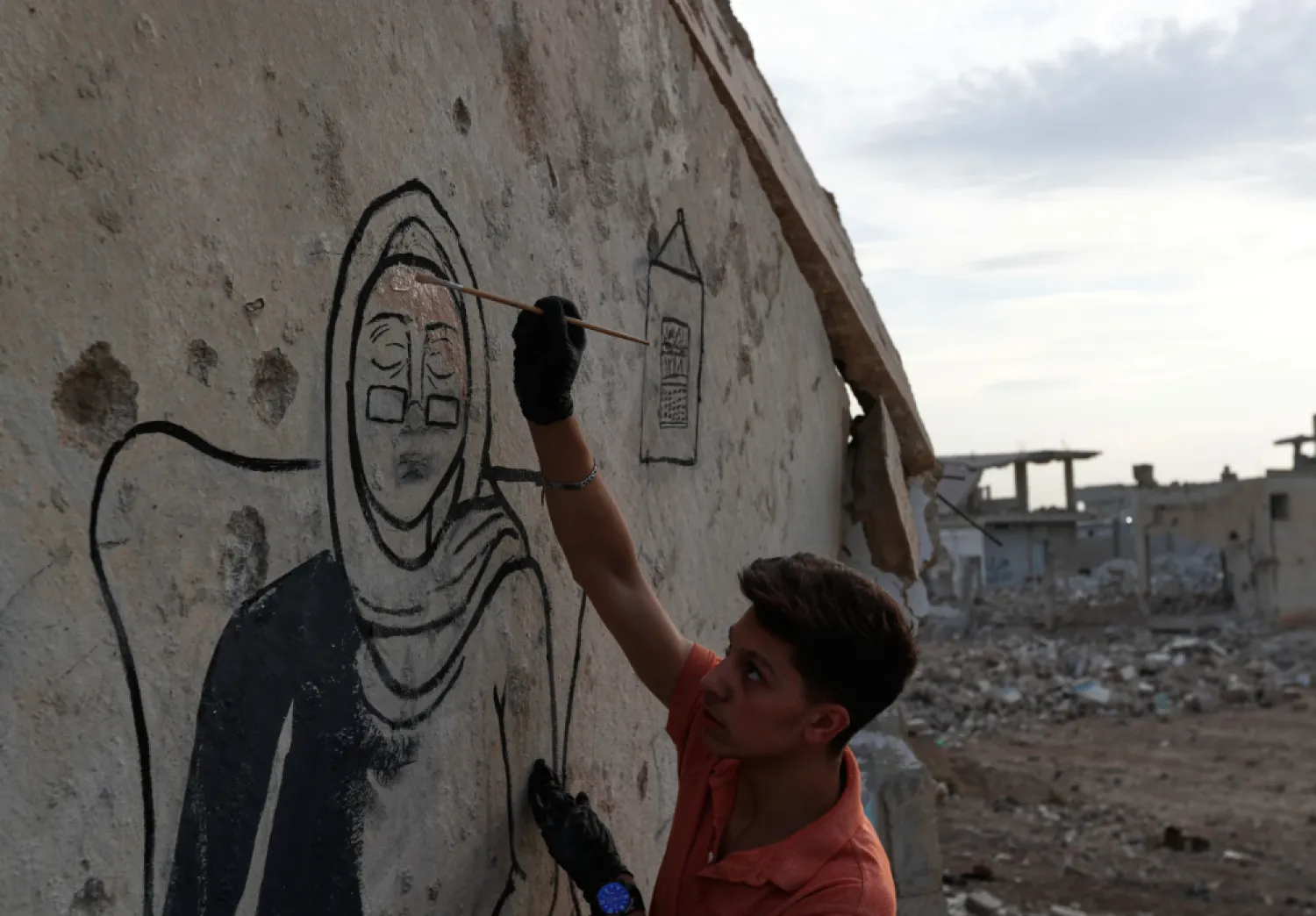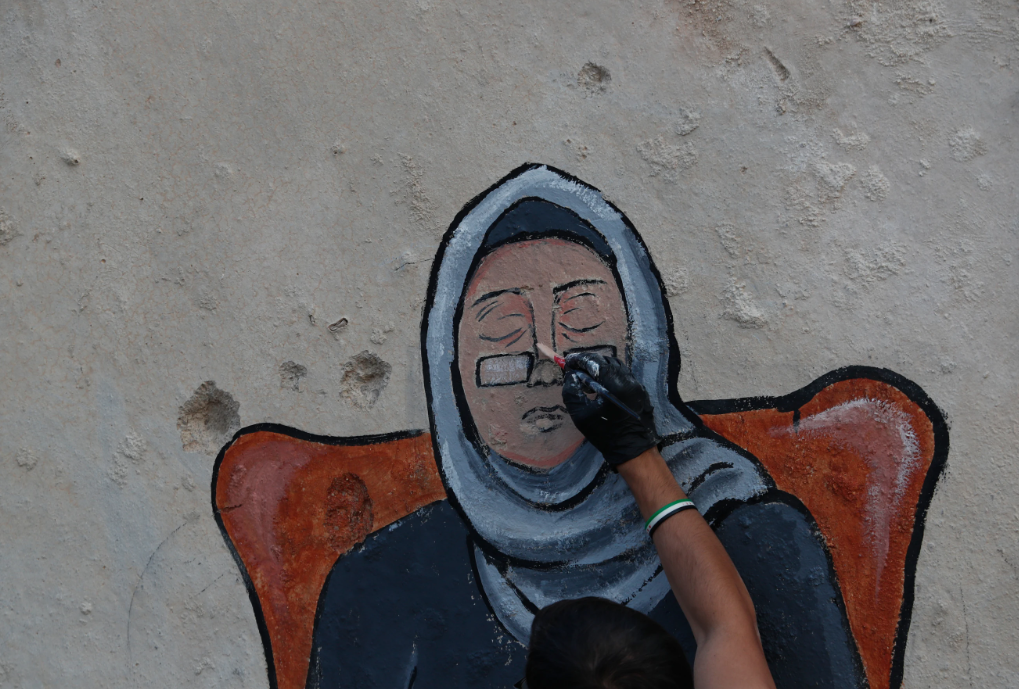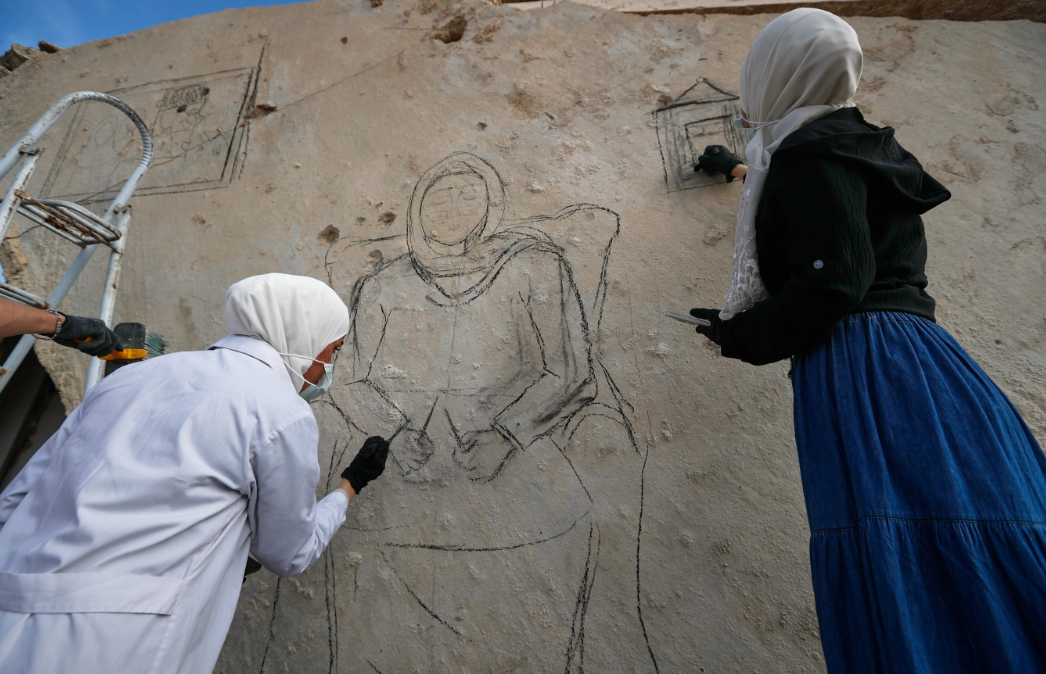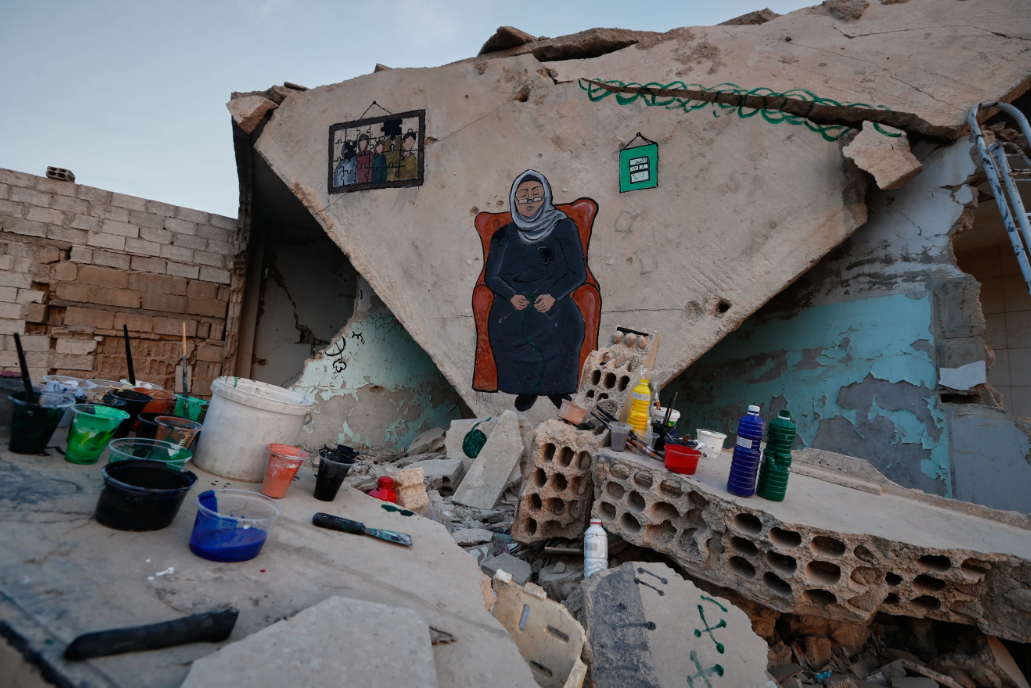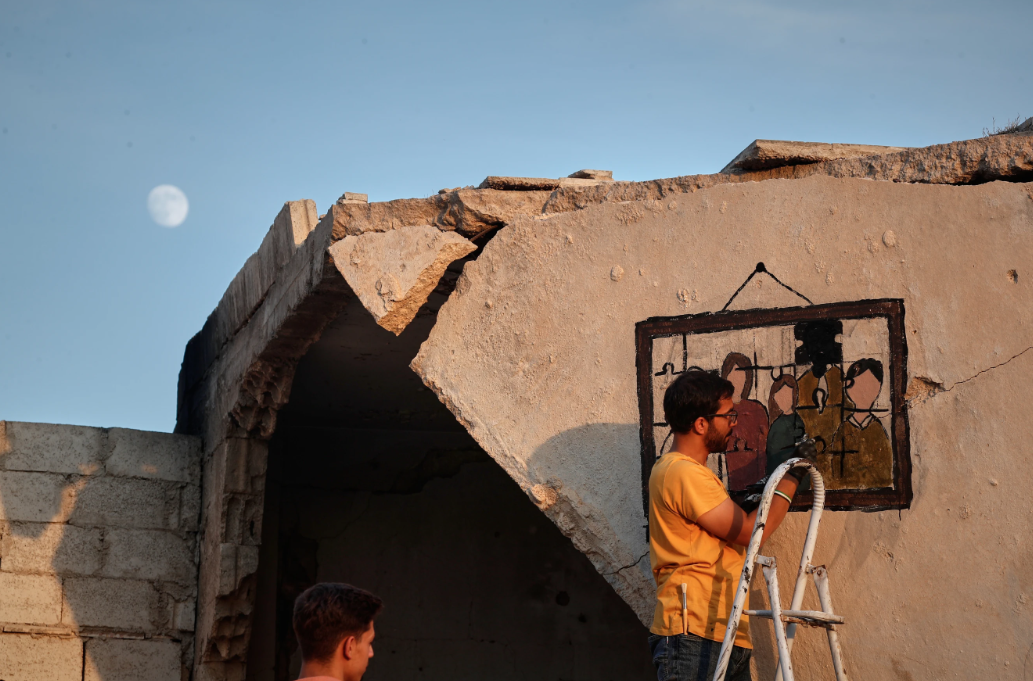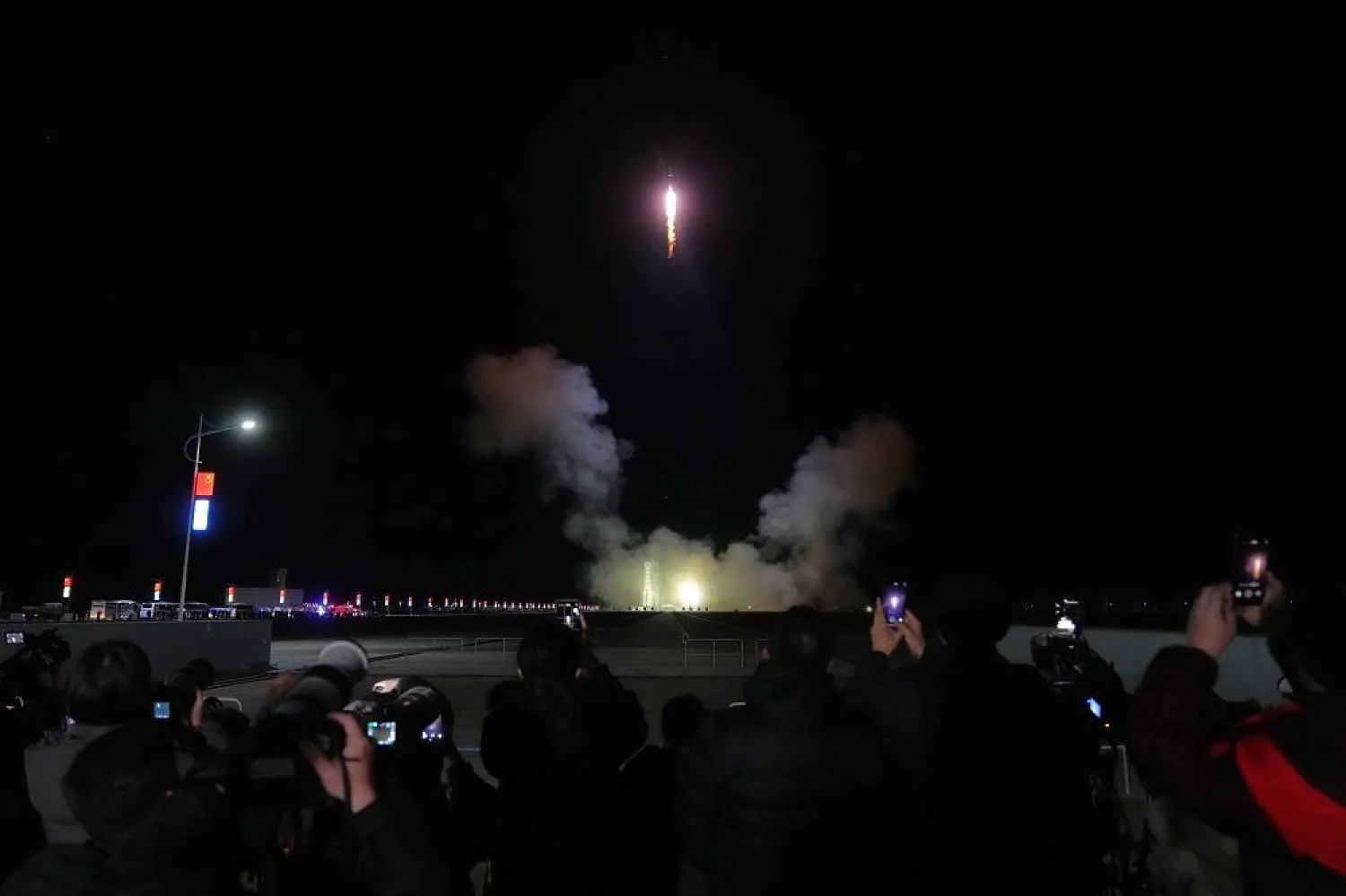The ‘Al-Muizz li-Din Allah al-Fatimi Street’ in the heart of Cairo was like many other streets with closed and neglected antiquities. However, in the past few years, the street has become a favorite destination for the fans of Islamic antiquities, especially during Ramadan, after the restoration and development works that turned it into an open Islamic museum.
During a tour in the historic street this Ramadan, Asharq Al-Awsat observed thousands of visitors flocking every night to enjoy its warm ambiances and take pictures of its huge historic buildings with the help of photographers who offer their services for little money.
In the absence of professional musicians and groups, the ‘Al-Muizz li-Din Allah al-Fatimi Street’ has been hosting amateurs who try to create joyful ambiances.
‘Al-Muizz’ street includes 38 rare sites that highlight the aesthetics of the Islamic architecture over nine centuries, from the Fatimid Caliphate to the end of the Ottoman Empire.
Dr. Raafat al-Nabrawi, professor of Islamic antiquities, said ‘Al-Muizz’ street is the richest Islamic antiquities street in the world, “featuring two rare historic complexes: The Sultan Qansuh Al-Ghuri and the Sultan Qalawun, in addition to historic mosques that are still being used for prayers.”
Nabrawi attributes the crowds in the historic street to the awareness that has grown over the past few years for the importance of heritage among Egyptians, especially the younger ones. He has also called the Ministry of Tourism and Antiquities to rapidly restore the antiquities that need an urgent intervention, prevent all kinds of violations, and ban the auto rickshaws that distort the visual and historic identity of the area.
In 2021, the ministry concluded a project that installed and upgraded the lightning systems in the historic street, equipping the facades and squares of historic buildings with high-end lamps.
‘Al-Muizz’ street is known with its unique archaeological buildings, some of which have turned into centers for artistic and cultural creativity, including the “House of Suhaymi”, the Sultan Qalawun complex featuring a mosque, a school and a dome inspired by the Mamluki architecture, and “Bab al-Futuh”, one of several famous gates in historic Cairo, as well as many ancient mosques including Al-Hakim Mosque, Al Muayyed Mosque, and the Aqmar Mosque.
While the northern part of the street (Al-Azhar Street: Bab al-Futuh) lures the largest number of visitors with its cafes, bazaars, and shops, the southern part, which stretches from Al-Azhar Street to “Bab Zuweila”, seems less popular. Despite featuring many antiquities, such as the Al- Muayyad Mosque and the lane of Muhammad Ali, its shops mostly sell clothes, fabrics and mattresses, and it is always crowded with people and rickshaws. Some of its ancient buildings also need restoration and external lighting, like those deployed in the northern part.
It’s worth noting that “Bab Zuweila” saw major historic events such as the hanging of the heads of messengers sent by Hulagu, leader of the Tatars, and the execution of the last Mamluk sultan, Tuman Bay. “Bab al-Futuh” was built by Jawhar al-Siqilli in 1087, and renewed by Prince Badr al-Jamali.






